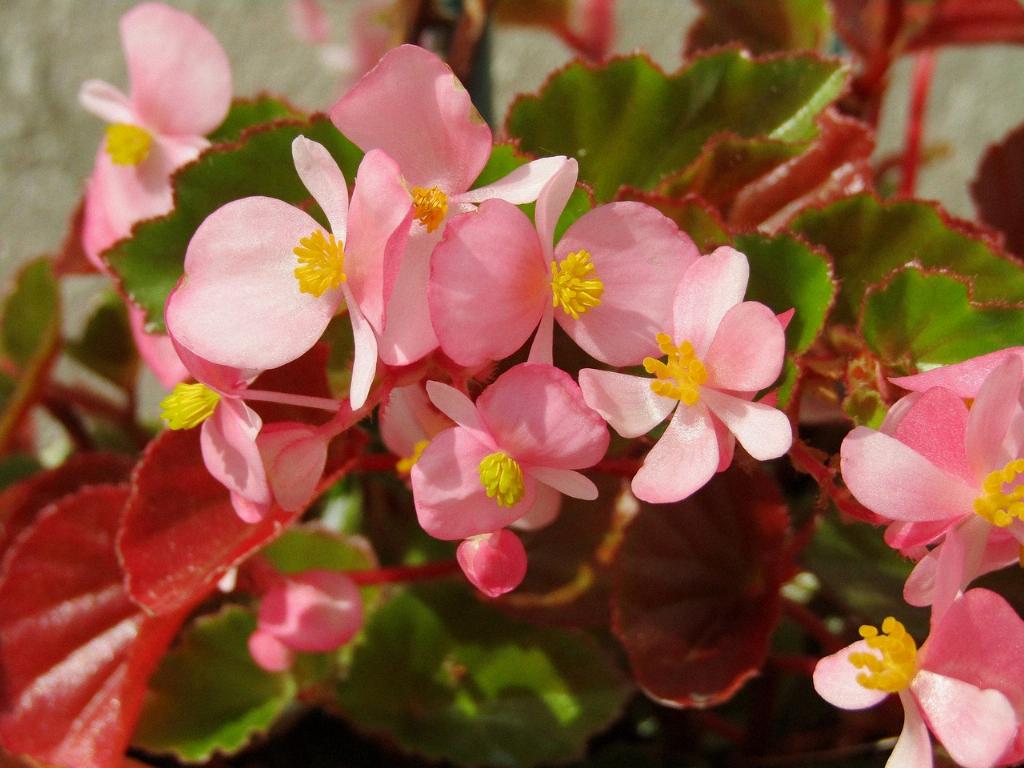When it comes to watering your begonias, finding the perfect balance is key to their overall health and well-being. Begonias are known to thrive in soil that is kept consistently moist but not waterlogged. So, how often should you water these beautiful plants to ensure they flourish?
One important factor to consider is the weather conditions in your area. During hot and dry periods, begonias will naturally require more frequent watering to prevent the soil from drying out completely. In contrast, when the weather is cooler and more humid, you can reduce the frequency of watering as the soil retains moisture better.
A general guideline to follow is to water your begonias every two to four days. This schedule provides a good balance between keeping the soil consistently moist without risking overwatering. However, it’s crucial to monitor the soil moisture levels regularly to adjust the watering frequency based on the specific needs of your begonias.
Observing the condition of the soil is key in determining the watering needs of your begonias. Before watering, check the top layer of soil with your finger to assess its moisture level. If the soil feels dry to the touch, it’s time to water your plants. On the other hand, if the soil feels damp, hold off on watering to avoid waterlogging the roots.
Begonias planted in containers may require more frequent watering compared to those planted in the ground. Containers tend to dry out faster, especially during hot weather, so be attentive to the moisture levels in the soil and adjust your watering schedule accordingly.
Another crucial aspect to consider is the type of begonia you are growing. Some varieties, such as wax begonias, prefer slightly drier conditions, while others, like tuberous begonias, thrive in consistently moist soil. Understanding the specific requirements of your begonia species will help you tailor your watering routine to best suit their needs.
Overwatering can be just as detrimental to begonias as underwatering. Excessive moisture in the soil can lead to root rot and other issues that can harm the overall health of your plants. To prevent overwatering, ensure that the soil has proper drainage and avoid leaving stagnant water in the saucer or container.
In addition to regular watering, consider incorporating mulch around your begonias to help retain soil moisture and reduce evaporation. Mulching can also provide insulation to the roots during extreme temperatures, helping to maintain a more stable environment for your plants.
During periods of active growth, such as spring and summer, begonias may require more frequent watering to support their development and flowering. Pay attention to any signs of wilting or drooping leaves, as these can indicate that your plants are in need of additional moisture.
Remember that every environment is unique, so it’s essential to observe your begonias closely and adjust your watering routine based on their specific needs. By establishing a consistent watering schedule and paying attention to the signals your plants give you, you can ensure that your begonias thrive and blossom beautifully.
In conclusion, the frequency of watering begonias will vary depending on factors such as weather conditions, soil type, plant variety, and container size. By striking a balance between keeping the soil moist and avoiding waterlogging, you can create an optimal environment for your begonias to thrive and showcase their vibrant blooms.

